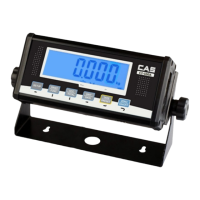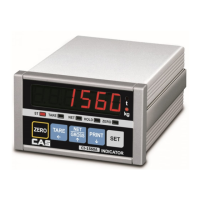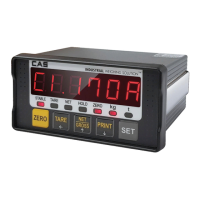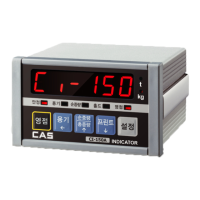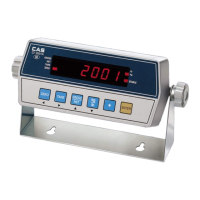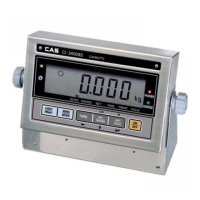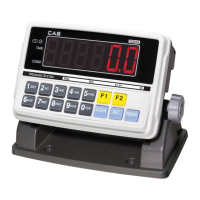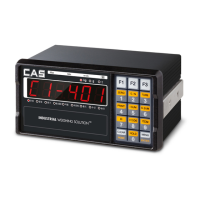How to fix a CAS Accessories that will not turn on?
- JJennifer WhiteAug 20, 2025
If your CAS Accessories won't turn on, first ensure the power cord is correctly plugged into both the device and a functioning power outlet. Check the power source. If it is battery-powered, replace the batteries. If the issue persists, service may be required.
